Gua sha is an ancient Chinese healing technique that involves scraping a flat tool over the skin to improve circulation, relieve pain, and promote relaxation. Over the years, gua sha has gained popularity in the West, with many people using it to treat a variety of conditions, including migraines, neck pain, and skin problems. One of the most fascinating aspects of gua sha is the color chart that can develop on the skin after a treatment.
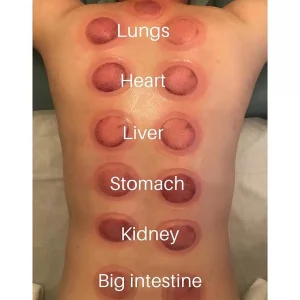
When performing gua sha, the therapist uses a smooth-edged tool, usually made of jade, horn, or stainless steel, to scrape the skin in long strokes. The therapist applies gentle pressure, causing the skin to turn red, and in some cases, even purple. As the therapist continues to scrape the skin, the color may change, eventually turning to a deep shade of blue or black. The color chart that develops on the skin can be a useful diagnostic tool for therapists, providing information about the client's health and well-being.
The gua sha color chart is based on the principle of "sha," which refers to the stagnant blood, lymph, and energy that accumulate in the body over time. According to traditional Chinese medicine, when the body is healthy, these substances flow freely through the body, nourishing the tissues and organs. However, when there is an imbalance in the body, the flow of these substances becomes blocked, leading to pain, stiffness, and other symptoms.
During a gua sha treatment, the therapist scrapes the skin to release the stagnation, allowing the blood, lymph, and energy to flow freely once again. The color chart that develops on the skin is a reflection of the level of stagnation in the body. For example, if the color chart is red, it indicates that there is mild stagnation in the body. If the color is purple, it indicates that there is more significant stagnation, and if the color is blue or black, it indicates that there is severe stagnation.
Therapists use the color chart to determine the best course of treatment for their clients. For example, if there is mild stagnation, the therapist may recommend regular gua sha treatments to help prevent further blockages. If there is more significant stagnation, the therapist may recommend other therapies, such as acupuncture or herbal medicine, in addition to gua sha.
In conclusion, the gua sha color chart is a fascinating diagnostic tool that can provide therapists with valuable information about their clients' health and well-being. By using the color chart, therapists can tailor their treatments to the specific needs of their clients, helping them to achieve optimal health and wellness. Whether you are new to gua sha or have been using this ancient healing technique for years, the color chart is a fascinating aspect of this therapy that is worth exploring.







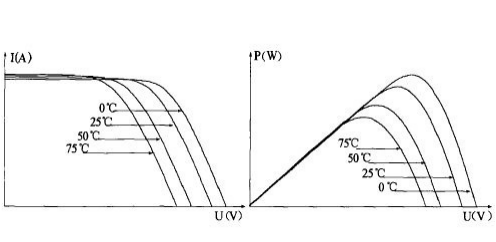
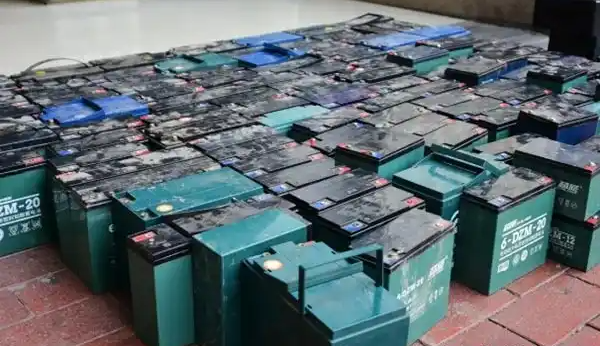

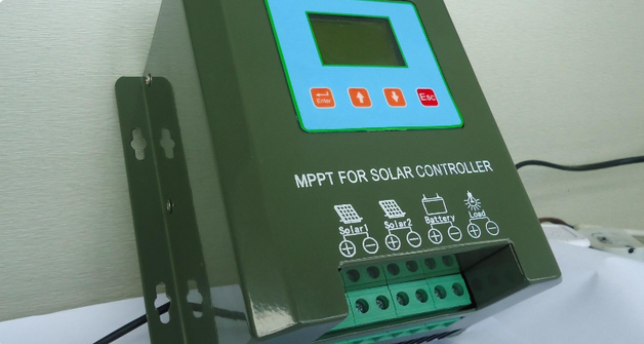
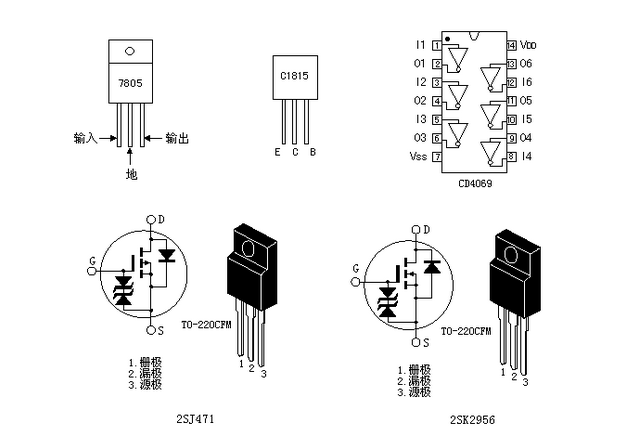
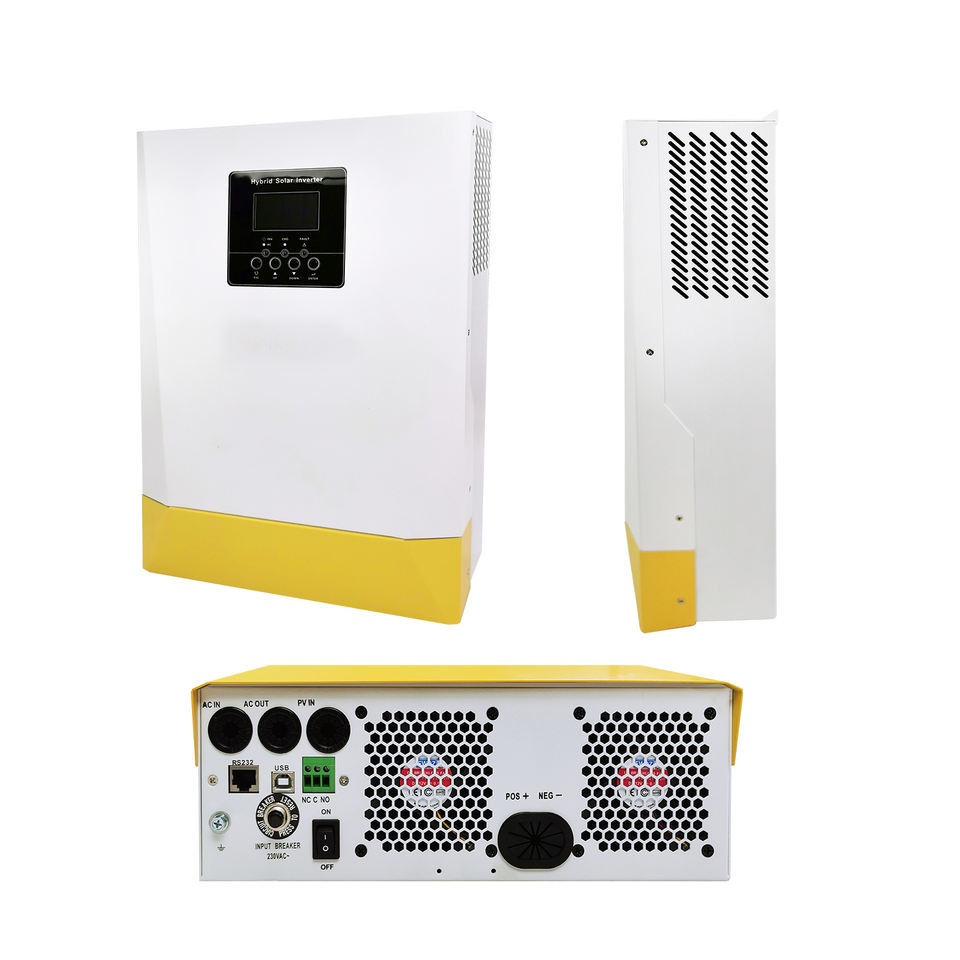

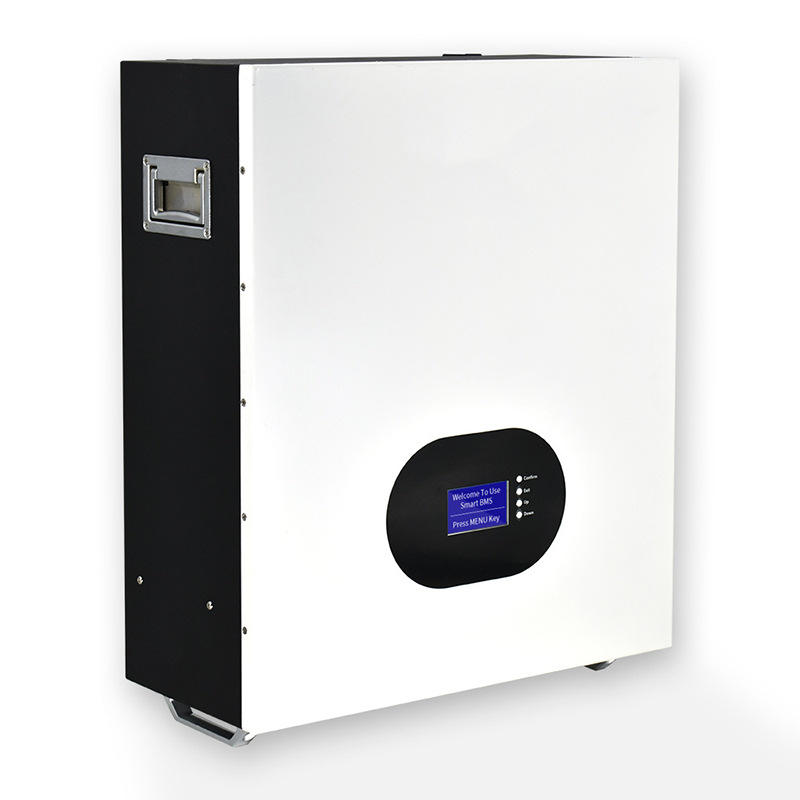
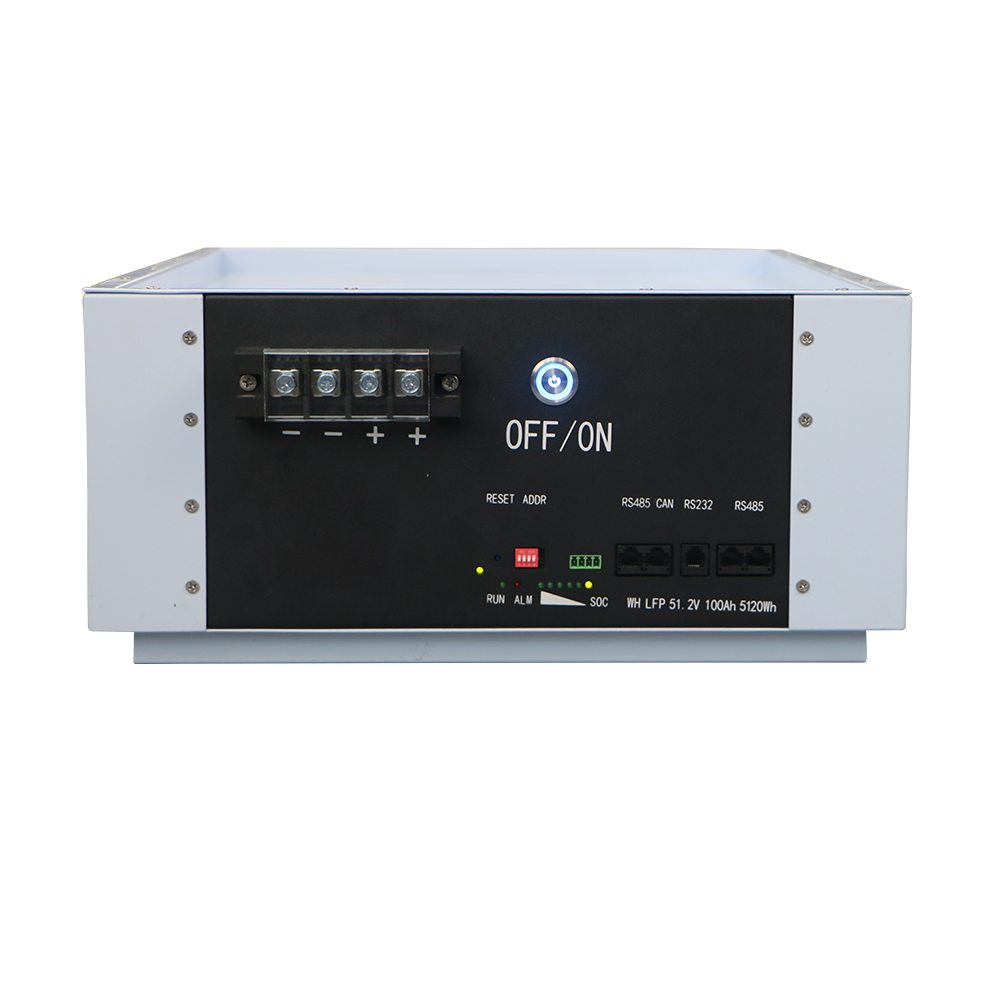

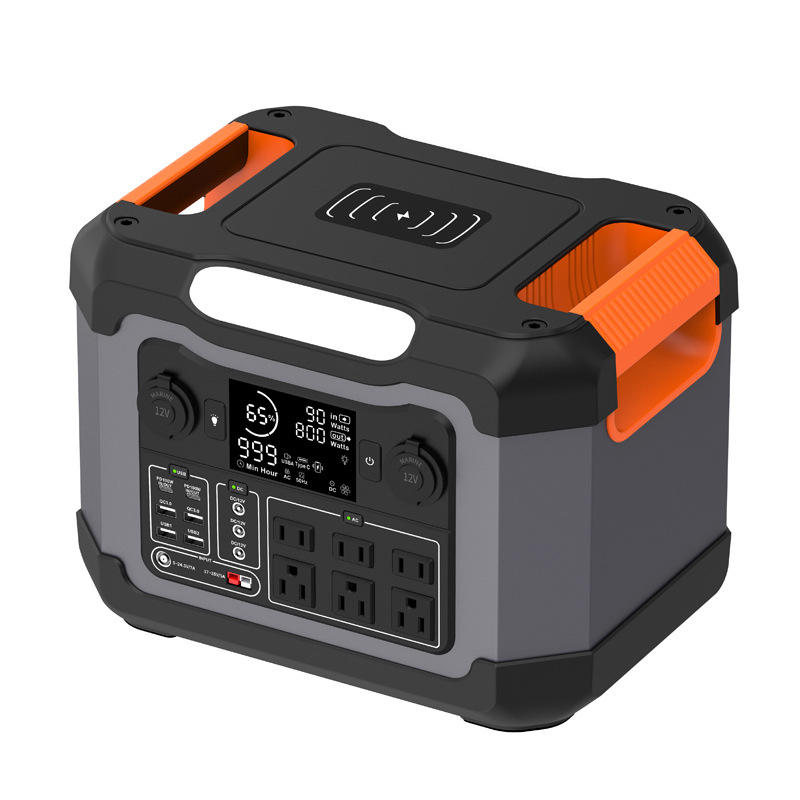
 lankecms
lankecms
 Lankecms
Lankecms
